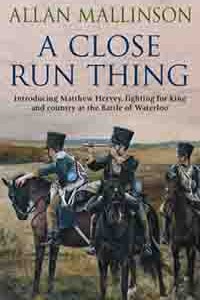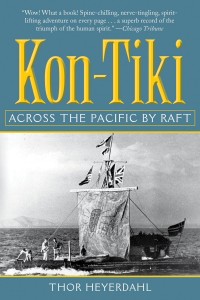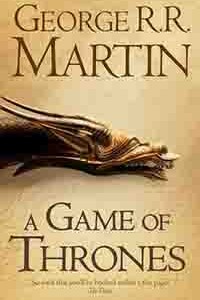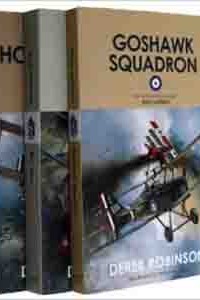Now, I have never read more than a few lines of Austen or any other author of that period, so I take my cue from O’Brian’s own style and from the assertions of other better-read reviewers. In practise this means a slightly archaic form of language and a wordy, somewhat florid prose.
Sadly, Mallinson is (or was – I’ve not got around to his later works) no O’Brian. The Austenesque style is somewhat overdone in the early part of the book, making the reading of it a little tiresome after a while. This moderates considerably as the story progresses and it becomes much more readable, although the shift in style is a bit of a black mark, regardless of its beneficial effect.
The plot too is rather protracted. Fair enough, I suspect that Mallinson wanted to add some historical depth to the story and consequently we follow Hervey from the closing stages of The Peninsular War, via a sojourn amongst English society and an Irish police-action to (at great length) Napoleon’s Hundred Days. It is a shame though that this tour de force is so disjointed: there is little in the way of a thread of continuity between the sections and each seems to be rendered almost irrelevant by its successor.
Finally, when we do arrive on the battlefield of Waterloo, the real difference between Mallinson and O’Brien (or Cornwell, or Forester) shows. He (at this stage in his career, at least) is no writer of adventure. Whereas Jack Aubrey or Richard Sharpe would have been laying about with a sabre, parting limb from torso and up to the top of their Hessian boots in blood, guts and mud, Cornet Hervey trots about (in a manly way) from General to General, delivering the Allies from ruin by dint of his mastery of the French and German languages, rather than his skills as a horseman or swordsman.





